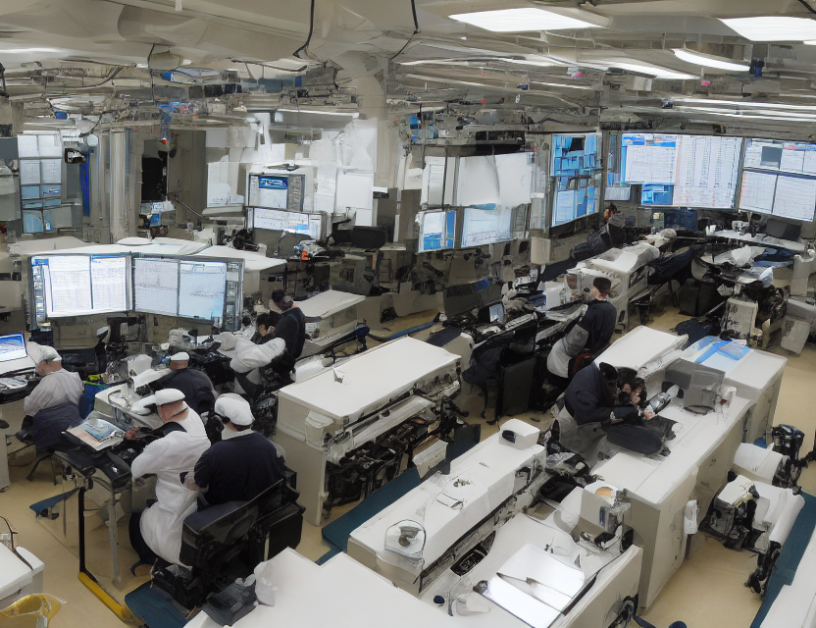PanDA is a powerful system that helps scientists manage large-scale data processing tasks across various computing resources. Imagine you’re trying to cook a big meal for a group of friends, but you don’t want to do it alone. You need to divide the work among your friends so everyone can help with their strengths and expertise. That’s what PanDA does for scientific research collaborations!
PanDA is designed to be highly scalable, adapting to the needs of growing user communities and increasing computational demands. It integrates seamlessly with different computing sources, like clusters, grids, and clouds, ensuring efficient resource utilization and minimizing idle time. By allocating resources dynamically based on workload requirements, PanDA maximizes productivity and streamlines scientific workflows.
But here’s the magic trick: PanDA doesn’t just manage data processing tasks; it also supports the growth of large-scale scientific collaborations! With over 1,500 users and approximately 300 million jobs per year within the ATLAS collaboration, PanDA has proven its ability to support diverse research groups and institutions effectively.
Think of PanDA as a virtual kitchen where different chefs work together on various dishes. Each chef specializes in their area of expertise, and PanDA ensures that all the ingredients are there when they’re needed. By keeping track of who’s working on what, PanDA makes sure everything gets done efficiently and with minimal confusion.
In summary, PanDA is a game-changer for big science collaborations, providing a scalable workload management system that enables efficient data processing, minimizes idle time, and supports the growth of large-scale scientific collaborations. By demystifying complex concepts through everyday language and engaging metaphors or analogies, we hope to make this article accessible and informative for an average adult reader!
Instrumentation and Methods for Astrophysics, Physics
Integrating the PanDA Workload Management System with the Vera C. Rubin Observatory Data Butler: A Centralized Data Repository for Efficient Science Operations



